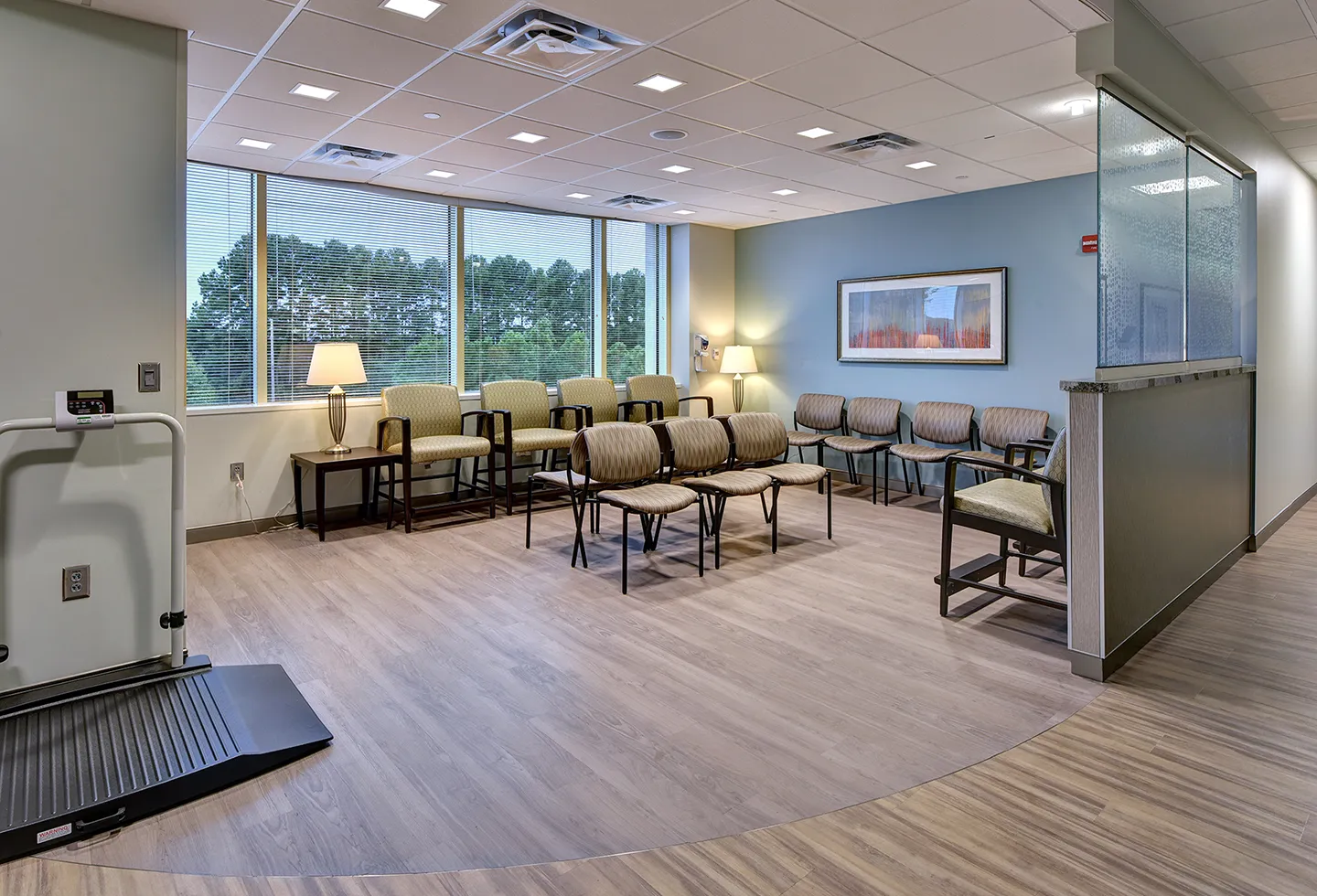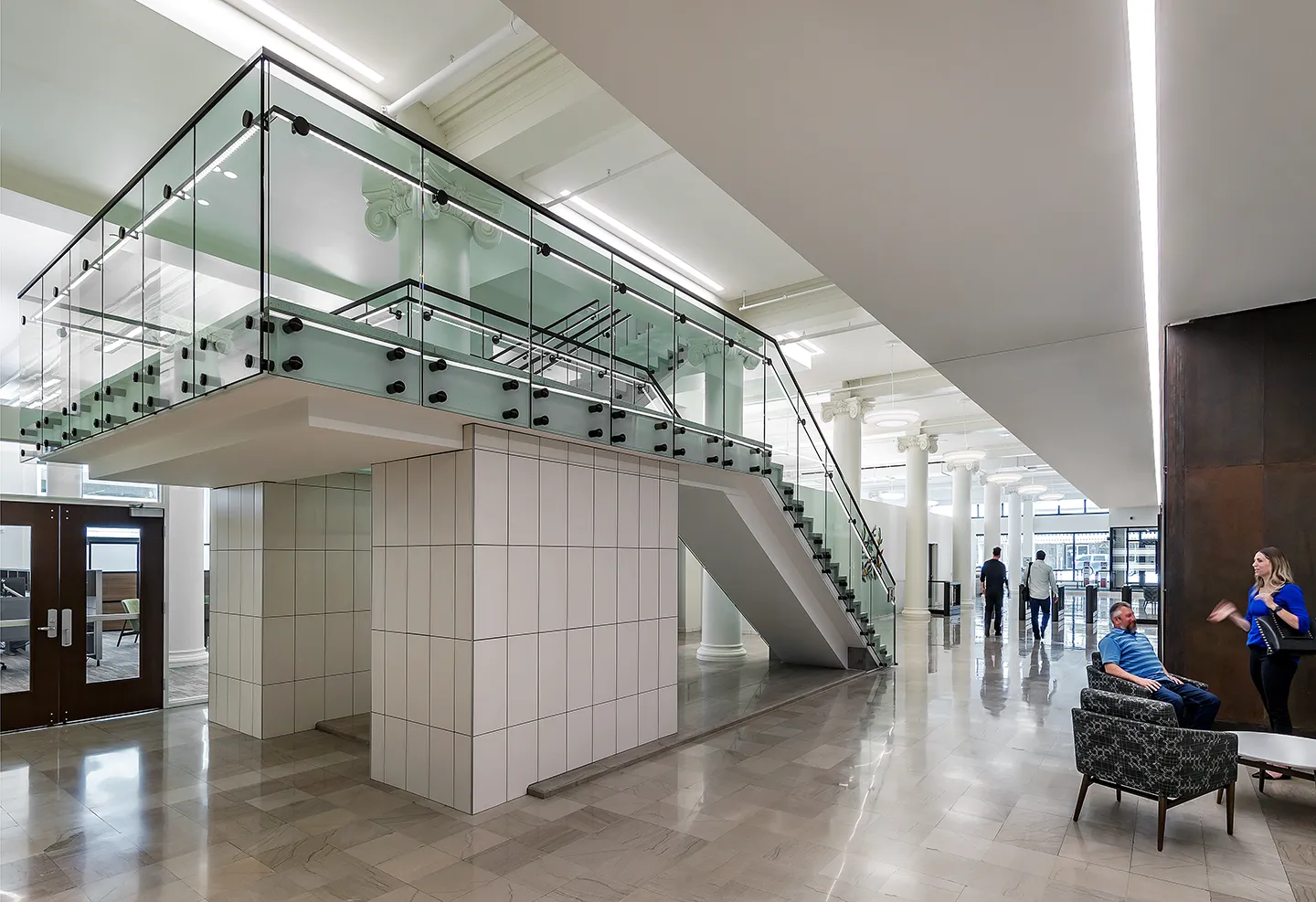When designing and building infrastructure, our goal is to not only meet minimum code requirements, but to create a project that is effective, dependable, and resilient. For optimal design, we aim to focus on the seven universal principles of design, which were created following the introduction of the American Disability Act (ADA) of 1990.
Written in 1997 by Ronald Mace, a leading architect and researcher at North Carolina State University, the universal principles are designed to widen the scope of the American’s with Disabilities Act Accessibility Guidelines (ADAAG) and be applicable to the needs of patrons regardless of age, size, ability, or disability. From the infrastructure and integrity of the building to its general usage for everyday occurrences, the universal principles aim to consider variables for the designed environment.
The Seven Principles
1. Equitable use
This first principle is identified as the ability for users to interact with their environment properly and efficiently, regardless of ability. For example, if a wheelchair-accessible ramp is added but is in a difficult portion of the building to locate, it does not lend itself to equal use. Minimizing segregation between abled and disabled users is the primary focus of this principle.
Test of design: Can users of the facility arrive at the front door to enter together?
 Example of equitable use: Pekin Insurance Corporate Headquarters bridge and path in Pekin, Illinois.
Example of equitable use: Pekin Insurance Corporate Headquarters bridge and path in Pekin, Illinois.
2. Flexibility in Use
This principle emphasizes the availability of choice. When designing a building or space within a building, the ability to accommodate differing necessities is pivotal to a successful design. For example, having variations of chairs with or without armrests, or alternating table types, heights, and widths to accommodate ample space to maneuver, are imperative to providing flexibility.
Test of design: When thinking through the members of your extended family or the colleagues in your work environment, does the planned environment support various abilities and body types?
 Example of flexibility in use: Northside Hospital in Coweta, Georgia.
Example of flexibility in use: Northside Hospital in Coweta, Georgia.
3. Simple and Intuitive
This principle identifies that the design is easy to understand and accessible. An example of this is a faucet that only contains one handle for both hot and cold water to enable variable dexterity to utilize the sink. This allows for individuals to utilize the faucet and quickly and easily understand its mechanics.
Test of design: If presented with your design solutions, could it be used without further explanation?
4. Perceptible Information
Proper design of a space or piece of infrastructure is measured by its ability to minimize confusion. For example, clearly defining a way of passage is needed when designing a space. This also means considering how the most crucial information, items of necessity, or sought-after departments within a building can be the most accessible. Minimizing confusion allows for a seamless transition of people within a space and makes it more accessible.
Test of design: If your design was placed in an environment with a language or other culture barrier that makes verbal or graphic cues difficult, would it still function just as well or better than intended?
5. Tolerance for Error
This principle emphasizes the promotion of safety and the tolerance for error for an individual utilizing a space. For infrastructure, an environment, or a building to be properly accessible, the design should accommodate for the safety of its users. Regardless of having a disability or not, the user must be able to properly interact with the environment without risk of injury.
Test of design: Does your design communicate potential risks or hazards to users in more than one way which are perceptible to at least two of the user’s five senses, i.e., sight and sound?
 Example of tolerance for error: The OSF Ministry Headquarters Historic Renovation in Peoria, Illinois.
Example of tolerance for error: The OSF Ministry Headquarters Historic Renovation in Peoria, Illinois.
6. Low Physical Effort
This principle embodies the idea that a space must be able to be accessed with little to no changes to one’s personal actions. For example, if someone utilizing a space is required to walk across an entire room for a single light switch, that would be deemed inaccessible. Technological, electrical, and mechanical solutions can be employed to mitigate these problems to allow for ease of usage.
Test of design: Even where there is innovation, does your design operate in an expected way based upon previous experience with buildings such that users will intuitively know how things work?
7. Size and Space for Approach and Use
Finally, the importance of the dimensions of a particular design is directly related to the design’s ability to be utilized. For example, a sink low enough for an individual in a wheelchair may also include a fold-out stepping stool for a child needing to wash their hands. Or a door that has a handle may also come with an additional piece to be pulled without the necessity for gripping, thus being accessible to those with dexterity issues. These instances both consider practicality as well as the aesthetic of the overall incorporated design.
Test of design: Does your design embrace “yes, and” qualities rather than “yes, no” qualities?
The Universal Principles and Their Connection to ADA
With the inclusion of the seven universal principles of design into buildings, infrastructure, and environmental design, comes the potential for individuals, regardless of ability, to access the space. As we continue to provide our design services to our clients, it is pivotal to understand these universal principles as we continue to apply them to our everyday tasks and project designs.
The Universal Principles and Their Connection to New Urbanism
On a larger town and above planning scale, the principles of universal design have been incorporated as well. Known casually as the “8-80 approach,” this philosophy challenges designers to consider the particular needs in the built environment for children as young as eight and seniors as old as 80 to navigate on their own. This requires different forms of communication, sizes of elements, and accommodations. By supporting these two ends of the spectrum well, it is anticipated that access and use is improved.